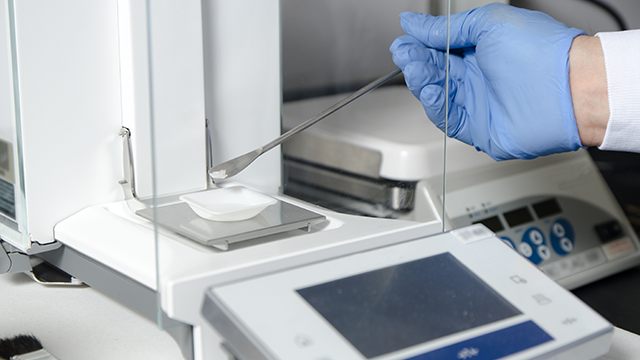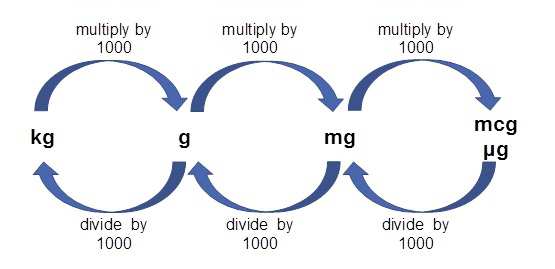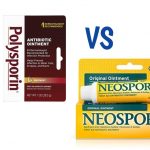How Many Milligrams In A Gram

Miscalculating doses is a common source of drug errors. Ensuring each patient is given the right medicine and the right dose is everyone’s responsibility which makes this section relevant to everyone in care – even if you are not the individual who initially calculated the dosage. We all play a vital role in checking the dose given to the patient and any of us has the potential to catch an accidental error which might otherwise lead to the wrong dose being provided to those in our care.
You will need 1000 milligrams to make a gram. This implies that 1000 milligrams is required to make a gram.
Units of Measurement for Drug Calculations
When carrying out drug calculations, you will need to be familiar with the units of measurement used. These units form part of the Standard International (SI) system of measurement, also referred to as the Metric System.
| Quantity | Units | Symbol | Relationship |
| Mass (weight) | kilogram | Kg | |
| gram | g | 1 Kg = 1,000 g | |
| milligram | mg | 1 g = 1,000 mg | |
| microgram | mcg or μg | 1 mg = 1,000 μg | |
| Volume | litre | L | |
| millilitre | ml | 1 L = 1,000 ml | |
| cubic centimetre | cc | 1 ml = 1cc | |
| Amount | mole | mol | |
| millimole | mmol | 1 mol = 1,000 mmol |
How to Convert between Units
You will come across situations where you need to convert a measurement from one unit to another, for example, from micrograms to milligrams or from liters to milliliters.
You will need to do this if quantities given in a calculation are not in the same units. In this case, convert one of the quantities so that they are in the same units.
Tip: Unless the units required are specified, it is a good idea to convert to the smaller units so that you are dealing with whole numbers rather than decimal values.

The main units used are those that are a thousand times bigger or smaller.

We could replace grams in the diagram with litres, metres or moles. The same prefixes would be used.
What is the difference between milligrams (mg) and millilitres (mL)?
Milligrams (mg) measure weight, and Millilitres (ml) measure volume of liquid. The part of the word ‘Milli’ comes from the latin mille, which means one thousand. There are 1,000 milligrams in a gram, and 1,000 millilitres in a litre of liquid.
Often, people will tell you how much medicine they have taken in Millilitres, but the amount of liquid doesn’t tell you anything much, unless you know how much the drug dissolved in the liquid weighed… it is the weight of the drug that is the actual dose.
For some medicines, such as methadone mixture, where the strength is usually 1mg (weight) per 1 ml (volume) the number for the dose and volume are the same, but as drugs (including methadone) come in different strengths it is good practice to always only talk about the dose using the weight – milligrams.
To prevent mistakes, and the L being mistaken for a 1, millilitres is usually abbreviated to mL.
E cigarettes, for example, sometimes have the nicotine dose expressed as mg/mL or milligrams per ml.
The ‘high strength’ refills contain 30mg/mL, this means that in every 1mL of intellicig e-cigarette refill liquid there is 30mg of nicotine. Drugs, of course, have their effect at different doses, so what is ‘high strength’ in one drug may have no effect with another drug, so the dose alone doesn’t tell you much, unless you know how much of the drug is required to have an effect.
The high strength e-cigarettes, for example, have the effect of reducing cravings to smoke considerably, and many people find them helpful.





